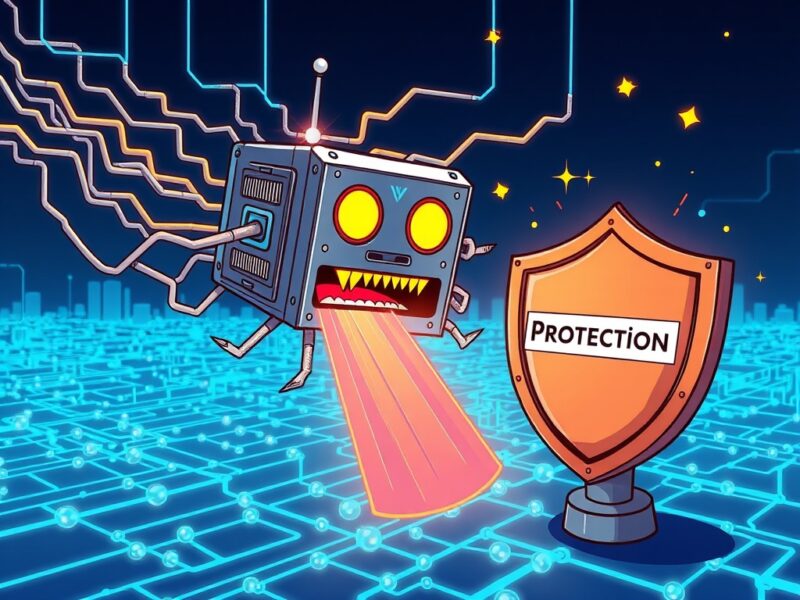LTC vs XRP: Litecoin Calls Ripple ‘Unwanted,’ Analyst Claps Back
Ripple’s XRP token has once again been dragged into crypto’s ongoing tribal battles after being ridiculed as “unwanted” by the Litecoin (LTC) official X account.
The jab triggered a storm of reactions, with traders, analysts, and community members pushing back, pointing to XRP’s top-three position in global market cap rankings as evidence that there’s still lots of love for it.
Community Clash Rekindles Old Divides
The exchange began when the Litecoin account shared a tongue-in-cheek post declaring XRP “weighed and found unwanted.” The quip, complete with a gavel emoji, was criticized even by some LTC supporters. “You win by promoting yourself, not attacking others,” one user wrote, while others called the stunt “cringe.”
Analyst CrediBULL Crypto also weighed in, dismissing the argument as “unwanted,” “silly and nonsensical.” He further stated:
The expert argued that market participants usually vote with their dollars, noting the Ripple token’s $168.4 billion market cap utterly dwarfs LTC’s $8.6 billion. This vast difference in scale was not lost on other commentators either, with one user, Phil, posting, “170.54B Mc $XRP vs 8.60B $LTC Mc… We’re done.”
The episode highlights a long-running fault line in crypto. Last month, attorney John Deaton claimed that XRP was “the most hated by institutions, most loved by retail,” with critics arguing that its pre-mined supply and governance structure make it overly centralized. However, supporters insist the skepticism is rooted in rivalry from Bitcoin and Ethereum advocates.
Litecoin’s diss also arrives as the project celebrates its own milestones. As of July, the network had processed over 300 million transactions in 2025, seen a record hashrate of 2.7 PH/s, and secured new integrations across PayPal, Venmo, and Telegram Wallet. Institutional interest is also growing, with ETF applications pending in the U.S.
Market Reality
Despite LTC’s strong fundamentals, XRP remains the more valuable asset by a wide margin. At the time of this writing, XRP was trading at $2.83, down 5.6% over the past week and underperforming the broader market’s 1.6% decline.
Still, its nearly $170 billion capitalization makes it the third-largest cryptocurrency globally, with only BTC and ETH ahead. Technical analysts see potential for further gains, with traders such as CRYPTOWZRD projecting a move toward $4.50 if current support at $2.47 holds.
Meanwhile, Litecoin is currently changing hands at $111.27 after slipping 1.9% in the last seven days, placing it at #28 by market cap. It has gained nearly 70% over the past year but remains more than 70% below its 2021 all-time high of $410.
The post LTC vs XRP: Litecoin Calls Ripple ‘Unwanted,’ Analyst Claps Back appeared first on CryptoPotato.
You May Also Like

Quantum Computing Security: Urgent Proposal Reaches SEC Crypto Task Force
The Ethereum PoS network entry queue has increased to 833,609, and the expected waiting time is over 14 days.
